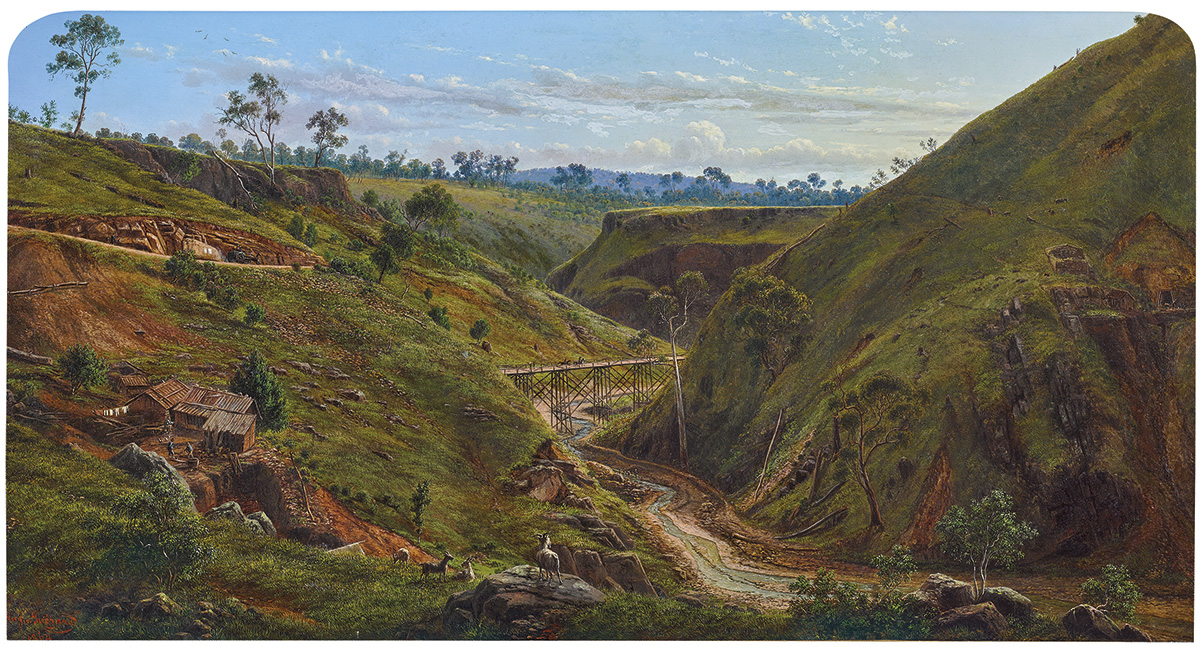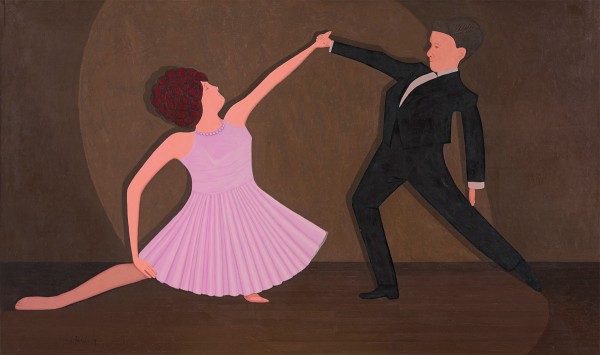 One of the great things about having children is it reacquaints you with things you have not thought about for a long time. The old Chicken or the Egg paradox is one of those classic brain teasers that children of a certain age love. It is a really good one since the answer depends on how you parse the question. I thought I would list all the different answers my children and I could come up with.
One of the great things about having children is it reacquaints you with things you have not thought about for a long time. The old Chicken or the Egg paradox is one of those classic brain teasers that children of a certain age love. It is a really good one since the answer depends on how you parse the question. I thought I would list all the different answers my children and I could come up with.
Evolution 1 – Chicken
The first Chicken had to have hatched from an egg laid by a proto-chicken (i.e. a bird that was very similar to a chicken, but not actually a chicken). This means that the Chicken came before the first chicken Egg since only a chicken can lay a chicken egg.
Evolution 2 – Egg
If we consider that a chicken egg is an Egg that a Chicken hatches from then the Egg must comes first. It might have been laid by a Proto-Chicken, but out of this Egg hatched a Chicken.
Evolution 3 – Egg
The Egg is a much older than Chickens. What we now recognise as Eggs first appeared at least 300 million years ago. This was long before the first Chicken which is a domesticated version of the Indian Red Jungle Fowl from sometime in the last 10,000 years.
Evolution 4 – Unanswerable
Given that the definition of what separates a Chicken from a Proto-Chicken is undefined, it is not possible even in theory to say when the first Chicken hatched even if we had access to a time machine. If we can’t know when the first Chicken hatched we can’t answer the question.
Biblical – Chicken
According to Genesis 1 God created all the animals on Day 5 therefore the Chicken was created before the first Egg. It is an open question if the first Chickens were created with full formed eggs inside them and so if the first Egg was laid on Day 5 or not.
Word Order – Chicken
In the question “Which came first the Chicken or the Egg?”, the word Chicken precedes the word Egg.
Word Origin – Egg
The word Egg comes from Old Norse and ultimately back to the Proto-Germanic and before that Proto-Indo-European. It is a much older word than Chicken which is an Old English word of unknown origin.
English Language – Chicken
The original word for Egg in Old English was Ey and only in the development of Middle English did the Norse word egg become the common term. The word Chicken is from Old English and so it appeared first in the English language.
Dictionary – Chicken
In the English Dictionary the letter C comes before the letter E hence Chicken is first. The same applies to Encyclopaedias, although of course no child of today knows what an Encyclopaedia is.
Wikipedia – Chicken
The first entry for Egg was in 2005 while the first entry for Chicken was in 2004. Who would have guessed?
Finish Line – Chicken
In a race a Chicken will always beat an Egg to the finish line.
Drop Test – Egg
Chickens can fly so if you drop an Chicken and Egg off a barn roof together the Egg will hit the ground first. Chickens are surprising good flyers once they are allowed out to roam around for a few months.
There must be more !

